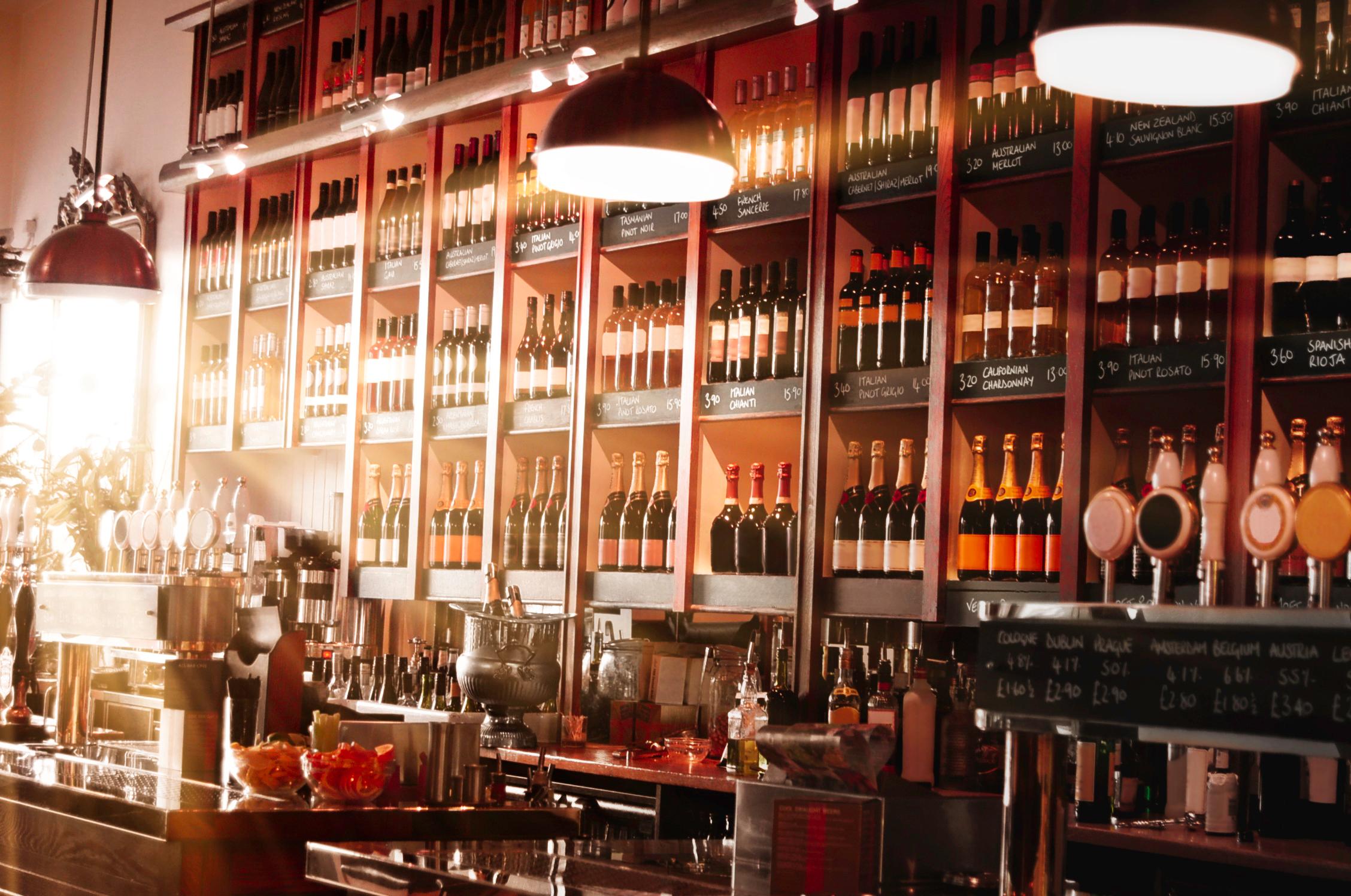In a lot of major North American cities today, if you want a bottle of wine, you can get it delivered in the next half hour—from a $7.99 Sauvignon Blanc to a $325 bottle of Kosta Browne Winery's 2017 Thorn Ridge Vineyard Pinot Noir.
It seems so easy to get a bottle of wine, and yet those of us in the wine industry know: Distribution is difficult. It feels like it is harder every year to get your 2020 Chardonnay on a store shelf or a restaurant wine list.
Why is it so hard?
First, there's a shrinking distribution funnel. In 1995, there were more wine distributors than wineries. Today, there's roughly one wholesaler in the US for every 13 wineries, according to Wines Vines Analytics. And in California, there's one distributor for every 36 wineries. Meanwhile, at the retail level, the proposed Kroger-Albertson merger is just the latest combination in the decades-long trend toward consolidation.
Second, distribution and retail are incredibly competitive, so scale matters. It's far more cost-effective to handle 40 brands from, say, Jackson Family Wines, or 100 labels from Gallo, than it is to work with dozens of smaller independent wineries.
What's a winery to do? My team and I see four strategies succeeding in this challenging three-tier system of producers, distributors, and retailers.
Gain Scale Fast
In a market where size matters, one of the quickest ways to scale is through a merger or acquisition. M&A continues to be a viable path for brands to grow. My team and I are seeing large and mid-size players interested in filling in portfolios with differentiated smaller brands, and we're seeing independent wineries looking to grow by joining an acquirer's larger, diversified portfolio. Deals can also bring capital, expertise, and other resources that a smaller winery may not have.
We've helped wineries of all sizes close deals in recent years, including the 2022 acquisition of A to Z Wineworks by Chateau Ste. Michelle, and the Chateau Ste. Michelle sale in 2021, the largest-ever private equity purchase of a wine business in the US.
Get Closer to Customers
Some wineries are using disruptive technology to grow. A new breed of instant delivery services for beer, wine, and spirits took off during the pandemic. Saucey, Minibar, Winc, Boozer, Drizly (which Uber purchased in 2021), and others appeal to consumers—frequently the younger crowd—seeking convenience, variety, and instant gratification. Wine delivery in 30 minutes is the embodiment of the maxim, “Meet customers where they are."
Build a Brand with Pull
We all know the role of brand in driving wine sales is huge. The tools for building a distinctive brand that has “pull" have gotten cheaper and easier to use. Social media know-how enables smaller wineries to punch far above their weight by creating buzz and cultivating a loyal community of followers. A robust social presence—built on compelling content, ad targeting, and influencer marketing—has been named a top strategy for growth. A strong brand helps direct-to-consumer sales, and distributors love a label that sells itself.
Partner with the Right Distributor
Finding the right distributor that can sell into the right accounts can be more effective than going with the largest distributor. A small winery producing limited varietals at low volumes needs someone more focused on selling boutique offerings. Even amid consolidation, there are niche distributors known for calling on the many smaller wine shops and white tablecloth restaurants still thriving.
Not to be overlooked: Relationships can pay huge dividends. Traditionally, distribution was built on the back of relationships (In-person meetings, going for ride-alongs, educating account reps with tastings, etc.). In today's market, the right brand connecting with the right distributor can still shine by using a high-touch personal approach along with digital tools. Using social media, web conferencing tools like Zoom, and other technologies can maintain personal connections while allowing you to cover a large territory without the costs of endless travel.
Looking ahead, I see the wine market continuing its evolution, with distribution being both a challenge and an opportunity. M&A will remain a growth path for some in our industry, while many brands will use digital and social media tools, new packaging, brand extensions, and other creative strategies to capture more "mindshare" at the distributor and retail level.
